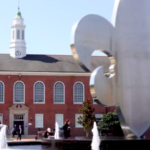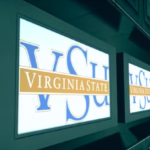Home: Where the school is
Apparently, staying at home not only helps you get over an illness, it can also help students recover from public schools. “Home schoolers scored 34-39 percentile points higher than the norm on standardized achievement tests,” the Home School Legal Defense Association (HSLDA) claims. “The home school national average ranged from the 84th percentile for Language, Math and Social Studies to the 89th percentile for Reading.”
“The study also found that whether or not parents were teacher-certified had no impact on these scores.” Thus do home schoolers need to tread carefully: When you are living proof that a government program doesn’t work, proponents of said public work may put you on the Endangered Species List (ESL).
The Elementary and Secondary Education Act (ESEA) reauthorization could give the U. S. Congress the chance to do just that. “As Congress prepares to reauthorize ESEA, we respectfully urge Congress to retain Section 9506 in ESEA to protect home schools and nonrecipient religious and private schools from any regulation by the federal government,” the HSLDA asked in a letter to lawmakers on May 25, 2010. “Section 9506 was inserted into the No Child Left Behind Act in 2001.”
“We believe that Section 9506 has protected home schools and private schools—and the millions of students being educated in these schools—from unnecessary federal regulation that could hurt student achievement.” The Association of Christian Schools International and the American Association of Christian Schools signed onto the letter.
By “nonrecipient,” the groups mean schools that receive no federal funds. So if they don’t get government subsidies why should they be regulated?
That’s a question for your congressional representative.
Malcolm A. Kline is the Executive Director of Accuracy in Academia.




